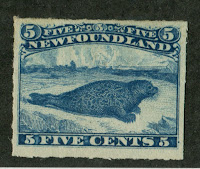Why Stamp Collecting is the Most Cool and Awesome Hobby

Today I wanted to share my thoughts for those of you non-stamp collectors about why I think stamp collecting is the most awesome hobby in the world. I start by examining the purpose of most hobbies. Hobbies generally are a way for us to relax doing something that interests us without any standards and goals beyond those which we determine for ourselves. There are many different kinds of hobbies, but most fall into the following categories: 1. Hobbies that involve collecting something. 2. Hobbies that involve creating something. 3. Hobbies that involve experiencing something. In all cases, the hobby activity stimulates our senses - smell, sight, touch, hearing, as well as our exercising and engaging our minds. Most people find comfort in one of the above categories and occasionally one encounters individuals whose hobbies span all three. Most hobbies have a life cycle: 1. Dabbling 2. Increasing the intensity of interest and goal setting 3. Pursuing


